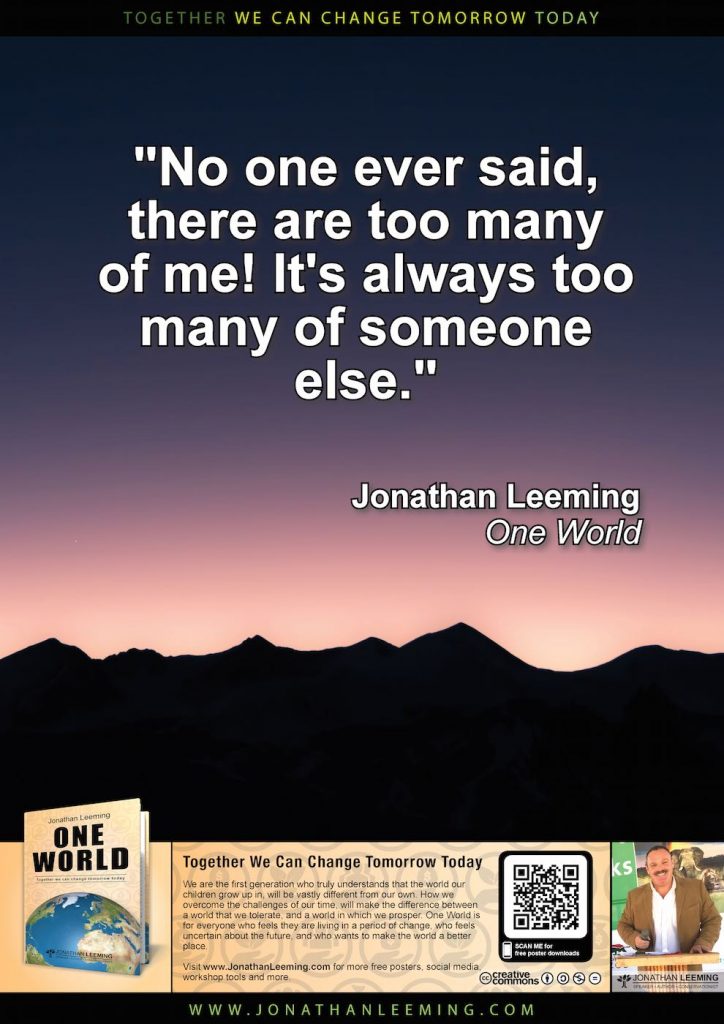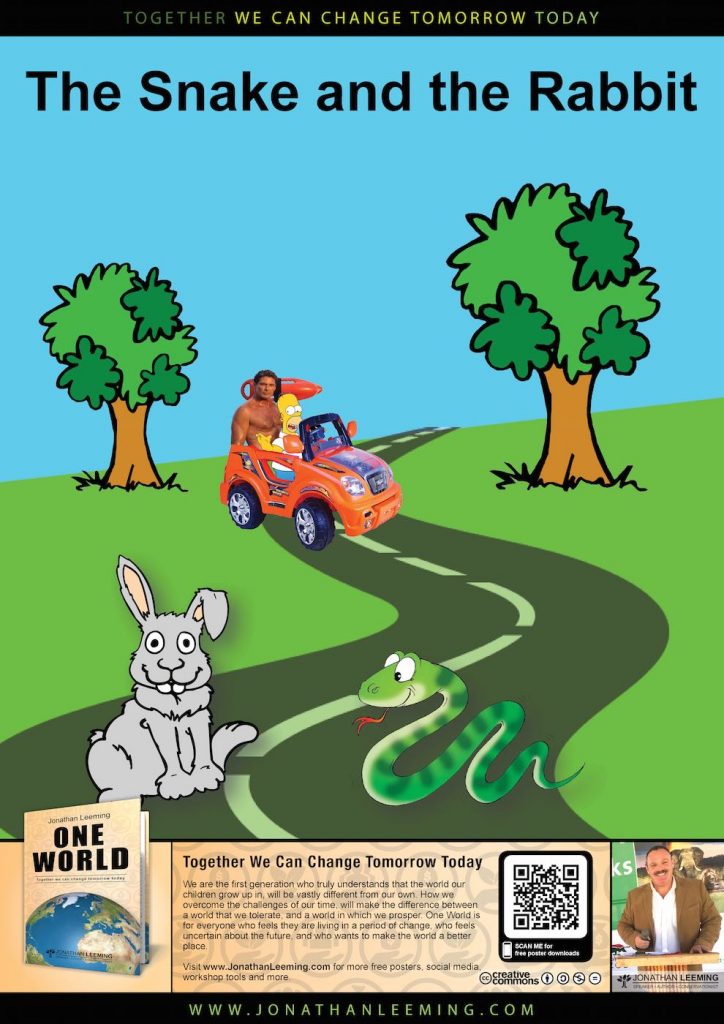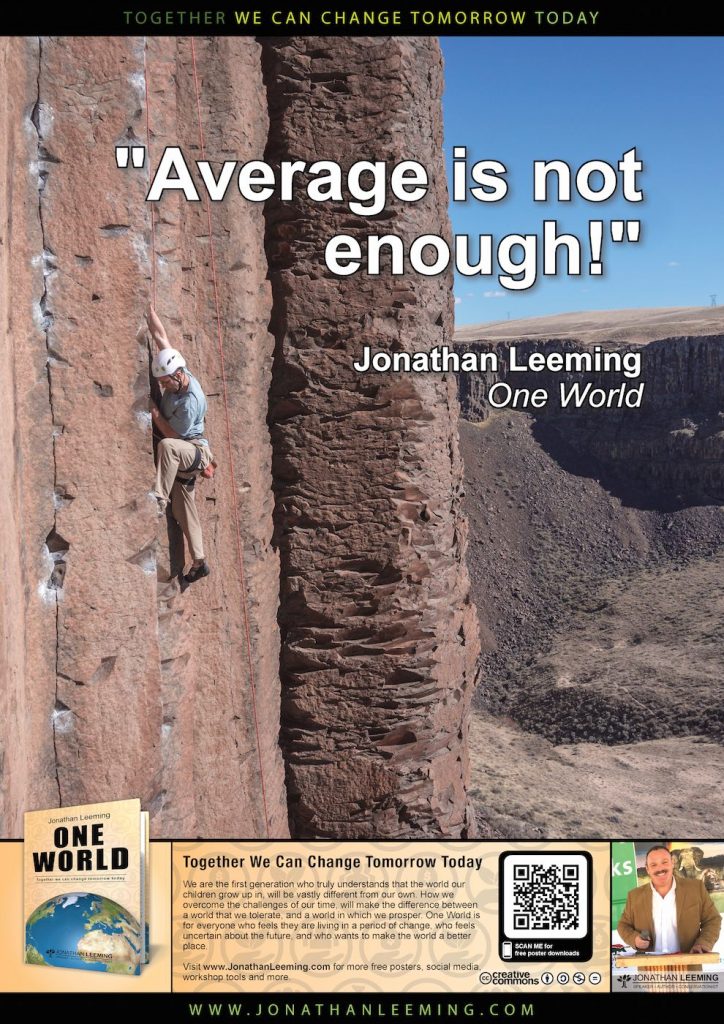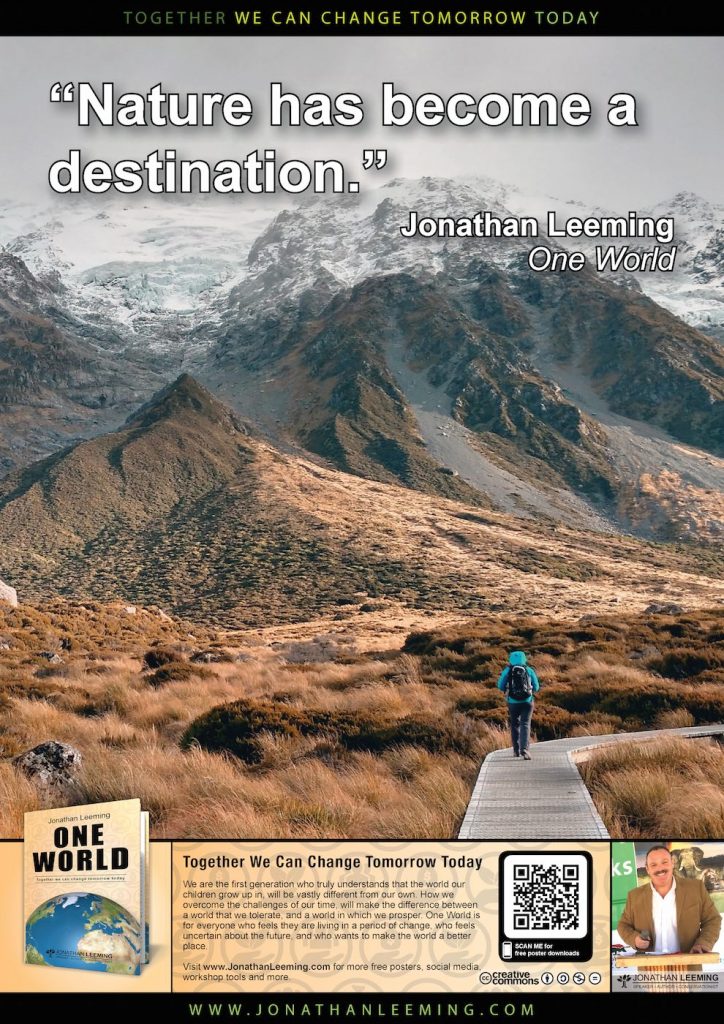I spoke at the 2020 Friends Of Kloofendal annual general meeting. I had a few requests for a copy of the presentation. Instead of emailing text, I recorded an audio file of the presentation.
The human population has been increasing at an alarming rate. From 1804, it took just over 100 years for the human population to increase from 1 billion to 2 billion in 1927. In 2016, it was projected that we will increase our population by 1 billion in about 12 years. This exponential growth is having a dramatic adverse impact upon our planet. Many authors have compared this increase of the human race to a virus. Indeed, it does show many of the characteristics of a virus in the way that it replicates and how it affects its host (the Earth).
When other animal populations reach the upper end of their limits, a natural and controlling force steps in. Limited food source, disease and self regulation keep populations in check. Humans however, have been blessed (or cursed?) with the “intelligence” and aptitude to bend these limiting natural forces.
According to the annual United Nations Human Development Report, in 1990 we crossed an invisible line when our consumption of resources equalled the resources that the Earth provided. We were living at the very tipping point of sustainability. In 2005, research by the United Nations concluded that the rising human population and over consumption of resources had polluted or over exploited two-thirds of the Earth upon which life depends.
There is a basic equation that states that in order for human civilisation to continue along this path, our consumption must equal or be less than available resources. In the year that I was born, in 1970, there were about 65,000 black rhinoceros in the world (in 2016 there are about 3,500); the Beetles split up; Jimi Hendrix died; IBM introduced the floppy disc; barcodes were introduced into supermarkets; LCD screens were invented; and the world’s population was a mere 3.7 billion people almost half of what it is today in 2017.
The world is changing at an ever-increasing rate. Of all the children entering primary school today, 65% will end up working in jobs that currently do not exist.
Many feel that the world is already overcrowded, but consider that by 2050 there will be a projected 9.2 billion of us. Where will these additional people live and what will their impact be? Frightening questions that our children will have to grapple with.

Imagine that you are driving your dream car down a dark and misty road. You could be driving anything from a Prius, to a Hummer. All of a sudden, from the left a fluffy bunny rabbit jumps into the road, and from the right a snake slithers into the road. What do you do?
If you swerve to avoid the rabbit, you’ll kill the snake! If you swerve to avoid the snake, you’ll kill the rabbit! If you do nothing at all, you’ll kill both of them!
The snake and the rabbit analogy illustrates the journey of your life and the decisions that you make everyday. Your dream car is the technology that you use, and how you drive it relates to how you consume, and how our decisions are driven by our values and beliefs. If you imagined yourself driving a Hummer, your ecological footprint is greater because of the petrol guzzling engine, its large and lumbering size, all the fancy shiny trim and the wide tyres. If you imagined yourself driving a Prius, your ecological footprint will be lower because of its hybrid engine, smaller size and narrow tyres. Both vehicles will get you to and from a destination and both vehicles have an impact.
It helps us understand how we are driven by our values and beliefs, the impact that we have upon the world and the consequences of our every day choices. To most people, the snake is a vile and evil creature to be feared and killed. When compared to a fluffy bunny rabbit, the snake will usually come second.
In the snake and the rabbit analogy, sometimes we kill the snake, sometimes we kill the rabbit, and other times we just run everything over. However, there is another choice that we all need to be aware of. We should rather drive the car paying close attention to every obstacle that comes our way, taking corrective action or stopping to let the rabbit and the snake both cross the road.
We have to be aware that our everyday actions have the power to change the world in a positive or in a negative way. We also have to realise that killing the snake or the rabbit, or both, is a choice. A choice that we each have to make.
We don’t have to buy plastic grocery bags. We don’t have to water our garden with drinking water. We don’t have to leave the lights on in unoccupied rooms. These are all choices that we make, and all of these choices have consequences.
As the dominant animal species on Earth, we have the moral obligation to future generations to look after the world we live in and to conserve all aspects of the environment. However, in accordance with our own set of values and beliefs, we conserve some aspects more diligently than others.


Sustainability not only represents a new way of doing things, but also an opportunity to be better than average and to take aim at bold and audacious targets. An average student will not find a job in today’s world, an average job performance will not get a promotion, an average organisation will not muster the support of its employees or customers. Organisations that aim at average are destined for tough times.
It many be tempting for an organisation to adhere to the lowest level of compliance, but it is smarter to comply with the most stringent standards or even exceed them. In the USA it takes about 2 to 3 years to develop a new model of car. If General Motors, Ford or Chrysler had set their sights on California’s Air Resources Board 2002 fuel consumption and emissions target, then today, they would be ahead of their rivals by 2 to 3 design cycles.
Elon Musk does not want his electric cars to be just a little bit better than General Motors, Ford or Toyota? With no marketing nor finished product, the 450,000 pre-orders (the largest pre-order for any car in history) that Tesla has for the Model 3, is not because it is only a little bit better than a Nissan Leaf or anything else in its class? Tesla has taken bold steps to redefine the electric car industry, and by leading the way, has created a product that everyone desires, and in a new industry that was once thought to be impossible.
While many organisations view voluntarily conformance to more stringent standards as cost-ineffective, it actually makes long term financial sense.
Sustainability activities in whatever form, fall into one of the following categories:
In order to move forward we must stay away from the low effort with low rewards category of sustainability efforts. The tendency to pursue low effort sustainability solutions that are based upon unsustainable values and beliefs has resulted in many of the challenges that we face today.
High efforts with low rewards also do not provide any real benefits as they exist because of workarounds due to missing technology or because of a lack of responsible leadership.
Low effort but high rewards should be on the top of our to do list. These are the easily implemented changes as it is often just a case of adopting new technology or make a behavioural change.
However, it will be the high effort with high rewards activities that will create the technology that is so desperately needed to solve the challenges of our time. High efforts with high reward mean creating something 10x better rather than just 2x better. Even if we have no clue how to solve a problem, thinking about it 10x better, allows us to let go of the past and look at challenges in a different way. 10x Better is 100x the value proposition, but never 100x more difficult to achieve, nor 100x more expensive to accomplish.
There is tremendous benefit in avoiding average or falling into the trap of thinking 2x better. We need solutions divorced from the constraints of the past, courageous solutions that take humanity one giant leap into the future, rather than shuffling into tomorrow.

For many of us, nature has become a destination. It is somewhere we go for a holiday or over a weekend. We leave our preoccupied lives behind and venture off to a national park or game reserve in our fossil fuel guzzling 4×4 laden with all the necessary gadgets and accessories. In reality however, nature is not just a place where we visit to relax.
Nature is where we are right now, it is where we live, and where we get our basic requirements for life. It is amazing what a week in the bush can do for the soul; it is a pity that we do not take that connectedness back home with us and relive that feeling every single day. It is possible!
Our idea of a natural environment is largely determined by what we see on television. Vast areas, where the plants and animals exist without interference of man. However, our definition of the natural environment should not exist as a naïve Utopian analogy. Africa is blessed with many open spaces such as the Serengeti, Masai Mara, Okavango Delta and Kalahari Desert; however, these are not the only natural places.
Our disconnection from the environment is amplified by “pay for view” natural spaces such as national parks and game reserves. They create a dangerous and segregating perception that natural areas are for the exclusive enjoyment of “other people” – those who can afford the entrance fee and accommodation and that conservation is for wealthy people. This is why inner city public nature reserves and recreational areas are so important, as they offer an accessible place for everyone to enjoy, without cost.
I spoke at the 2020 Friends Of Kloofendal annual general meeting. I had a few requests for a copy of the presentation. Instead of emailing text, I recorded an audio file of the presentation.
Since lockdown, we have all discovered that Zoom and other virtual presenting platforms are like Powerpoint. You can bore someone to death, inflect torture and pain on an unimaginable level, and someone else can wow and connect to the audience. The difference is not the technology, but the speaker. If your online meetings have been […]
It was a chance to inspire and educate the next generation of conservationists and underpin the importance of insects in the greater scheme of things.
Just as a spoiled child demands a new toy or a bar of chocolate at the checkout counter, mankind has viewed natural resources with much the same childish bravado. The temptation to desire something, or to exploit a resource as we see fit, is justified by the human perception of ownership. In our attempts to […]
When I was growing up in England in the 1970’s I, like everyone else at that time, watched the news on TV before dinner. From Ethiopians starving to death in their war-torn country, commercial loggers chopping down the Amazon rain forest, and Green Peace harassing Japanese whaling ships, it seemed terrible that mankind could inflict […]
The question of how much do we impact upon the environment can be tricky to answer, simply because we are rarely cognisant the consequences of our actions. So much of our impact is hidden from us either through society, or by the organisations who manufacture the products that we use. For example, consider where your […]
